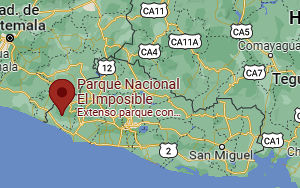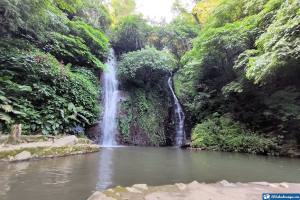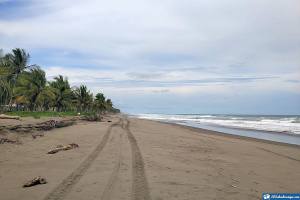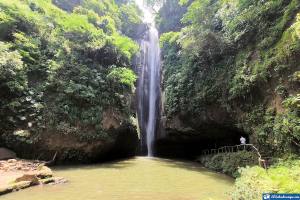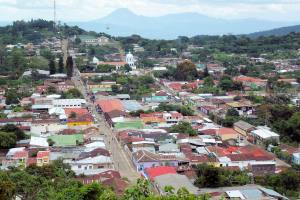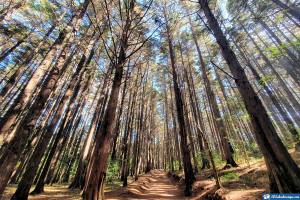If you travel to El Salvador, include El Imposible National Park in your schedule.
A destination of incomparable beauty at an altitude between 1450 and 1200 meters above sea level, showing amazing natural scenery, among its varied fauna and exotic flora wrapped by a dense tropical forest, which also hides beautiful trails that lead us to truly magical and unique places.
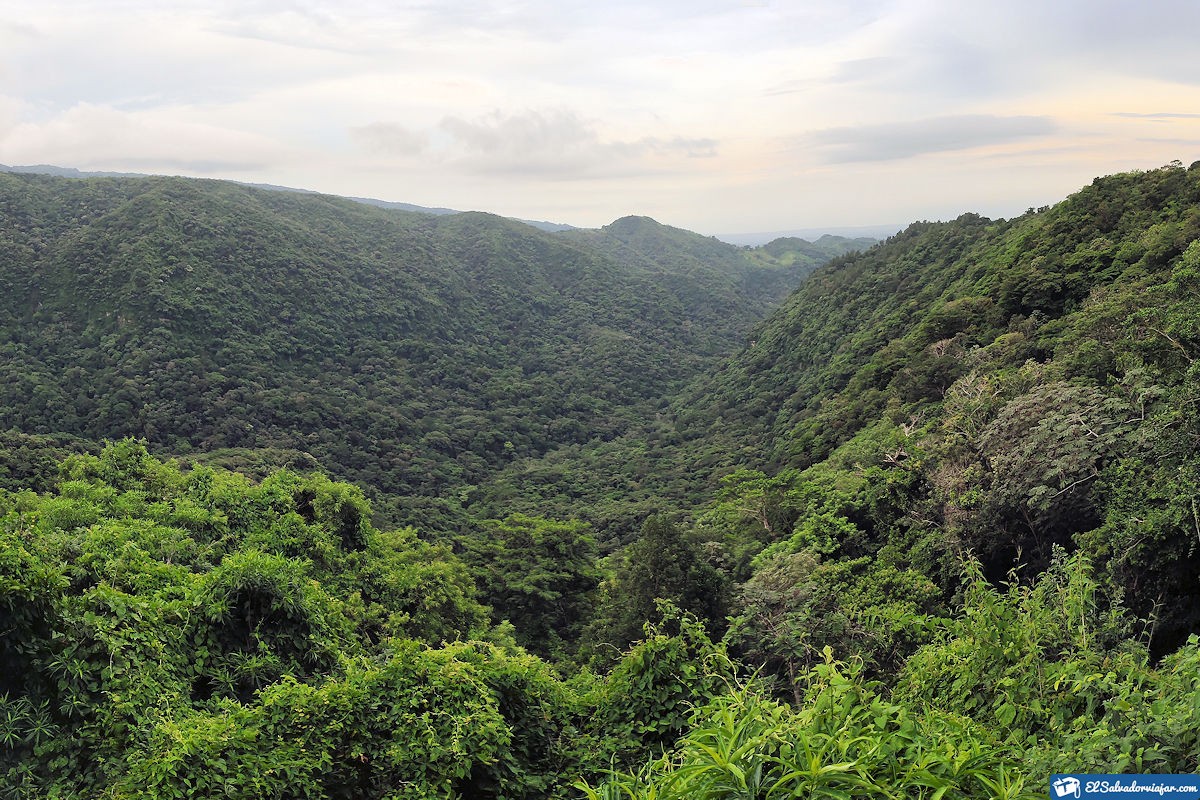
EL IMPOSIBLE NATIONAL PARK - National Parks of El Salvador. Photo by ElSalvadorViajar.
Let’s discover and get to know the treasures hidden in this wonder of nature, one of the largest national parks of this small but wonderful Central American country.
El Imposible National Park Facts
| Country: | El Salvador |
|---|---|
| Category: | National Park |
| Superficie: | 38,2km² |
| Hectáreas: | 5,000 |
| Tip : | Ideal for hiking and nature lovers |
Activities that we can do in El Imposible National Park
The extension of El Imposible National Park allows it to offer a number of services to those who frequently visit throughout the year. Undoubtedly, hiking is an essential part of the park’s tourism program.
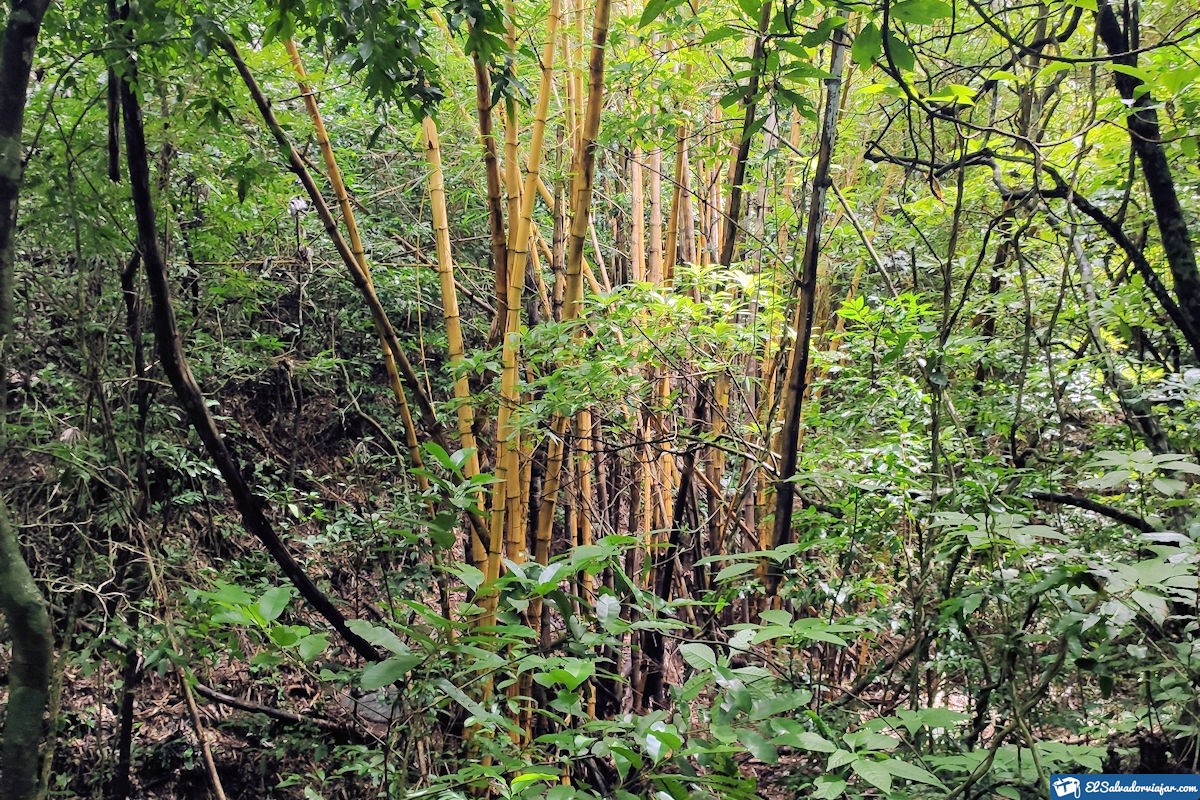
Usually led by specialized naturalist guides, these walks take place along the trails that cross the entire park, where you can enjoy the scenery and fauna of this fascinating forest and its viewpoints, rivers, springs, and waterfalls.
Meanwhile, birdwatchers should not forget their binoculars, and image hunters should bring their cameras and camcorders ready to take unique photographs and videos of this impressive natural relic.
Those who enjoy extreme sports can go hiking among peaks and ravines, rappel, and even dip in any of the pools of the seven rivers crossing the park.
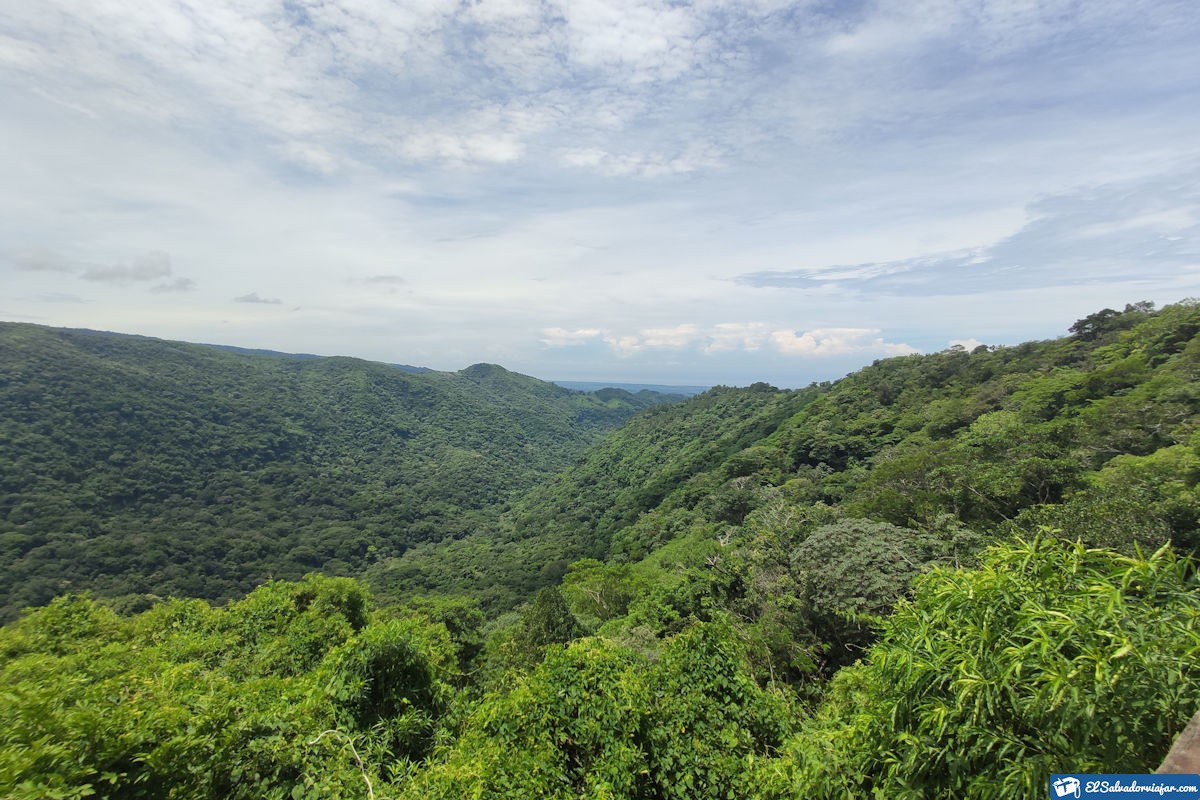
Also, within the vast area of this natural tourist enclave, there are attractive archaeological sites, eight in total, corresponding to different pre-Hispanic periods. The best known is the famous Piedra Sellada, where you can observe the drawings and engravings made on the stones and petroglyphs found in the ravine of the Guayapa tributary.
As if that were not enough, within the permitted areas of El Imposible National Park, you can camp in tents to please lovers of direct contact with nature at any time. Spending one or more nights lit by a warm fire in the middle of the thick forest serves as company.
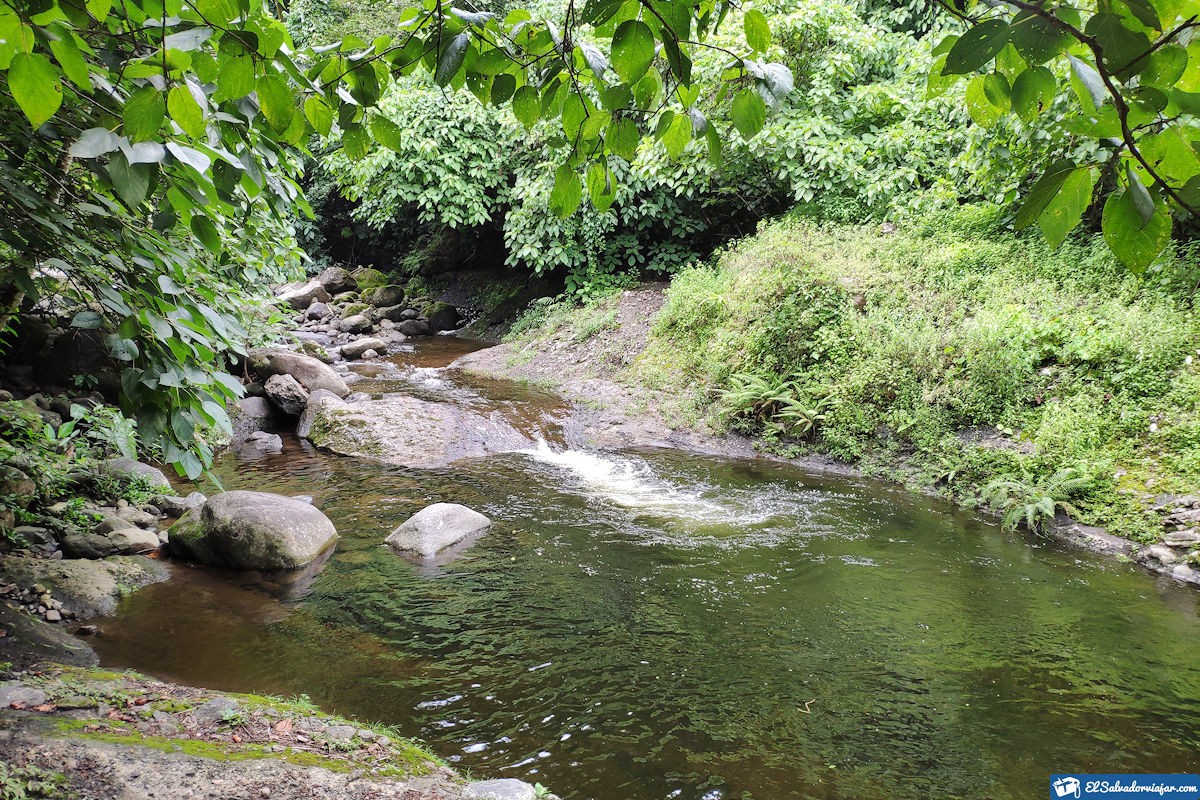
There are also lodging facilities close to the park, such as a hostel located only 1 km from the park, or some hotels and inns in the neighboring communities, in case you need more comfort during your stay.
Prices and visiting hours
Before visiting El Imposible National Park, you must obtain an entrance permit at the offices of the Ecological Foundation SALVANATURA.
In addition, a small entrance fee is charged for people over 12 years of age to cover part of the park’s maintenance costs:
- $3 for Salvadorans.
- $6 for foreign citizens.
- Special price for students: $1
- Parking service for light automobiles: $1
- Parking service for heavy vehicles: $2
- For hikes and walks, an expert guide is assigned, who expects a voluntary contribution: of $10 on average.
- Visiting hours are from 7 am to 3 pm.
Location, Origin and History of El Imposible National Park
El Imposible National Park is located in the western part of the country, in the department of Ahuachapán, between the municipalities of San Francisco Menéndez and Tacuba, in the foothills of the Sierra de Apaneca Llamatepeque and only 2 hours from the capital, San Salvador, in a journey of 120Km.

To access the park, take the paved road that connects Sonsonate with the border of La Hachadura, passing the Ahuachapío bridge, which leads to a dirt road that will take you to this beautiful and impressive place.
This region dates back to the pre-Hispanic periods of the Mesoamerican area, being part of the cradle and seat of great civilizations.
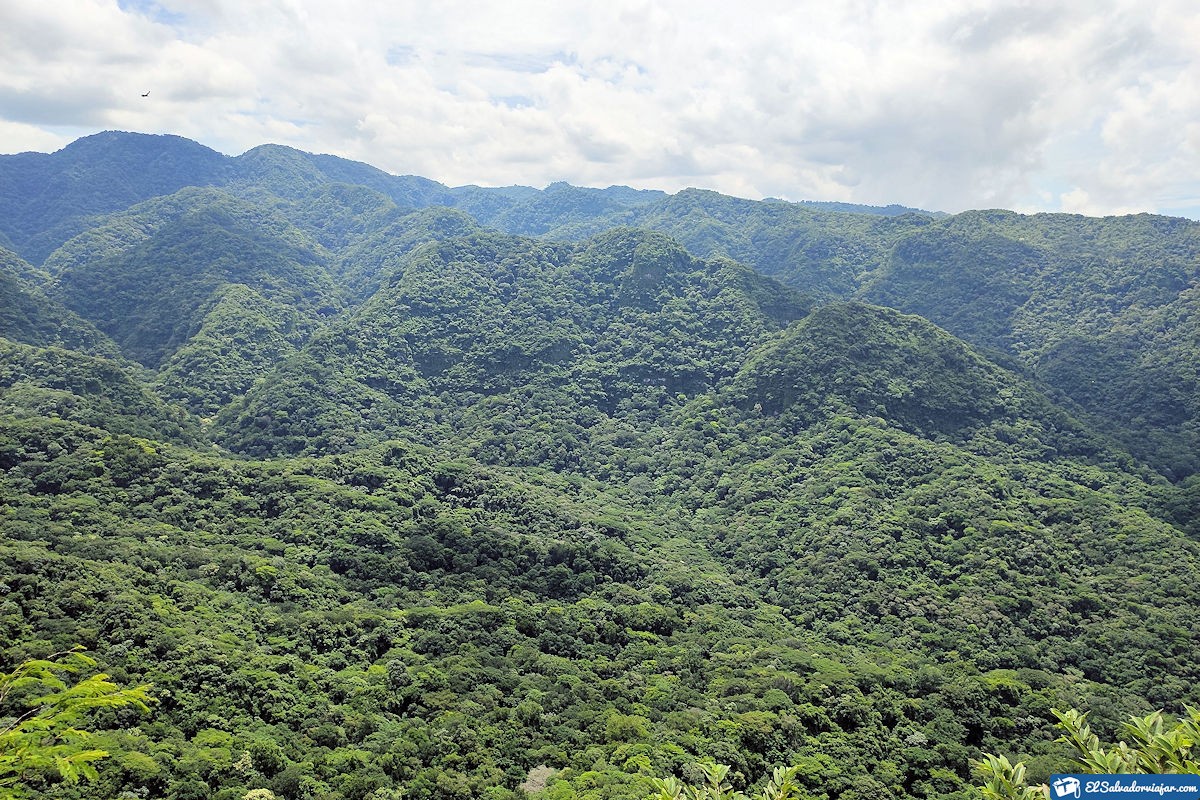
In the twentieth century, and maintaining their ancestral tradition of agricultural exploitation, the inhabitants of the areas located further north were dedicated to cultivating, harvesting, and selling coffee.
At the same time, the transportation of their goods to the port of Acajutla was carried out by beasts of burden, mules. Made the arduous journey between two mountains and through a depression or ravine called “Paso El Imposible” within the hacienda of the same name.
It was necessary to build an improvised bridge with tree trunks to pass through. However, this gave rise to tragic accidents, both for people and animals that crossed the cliff.
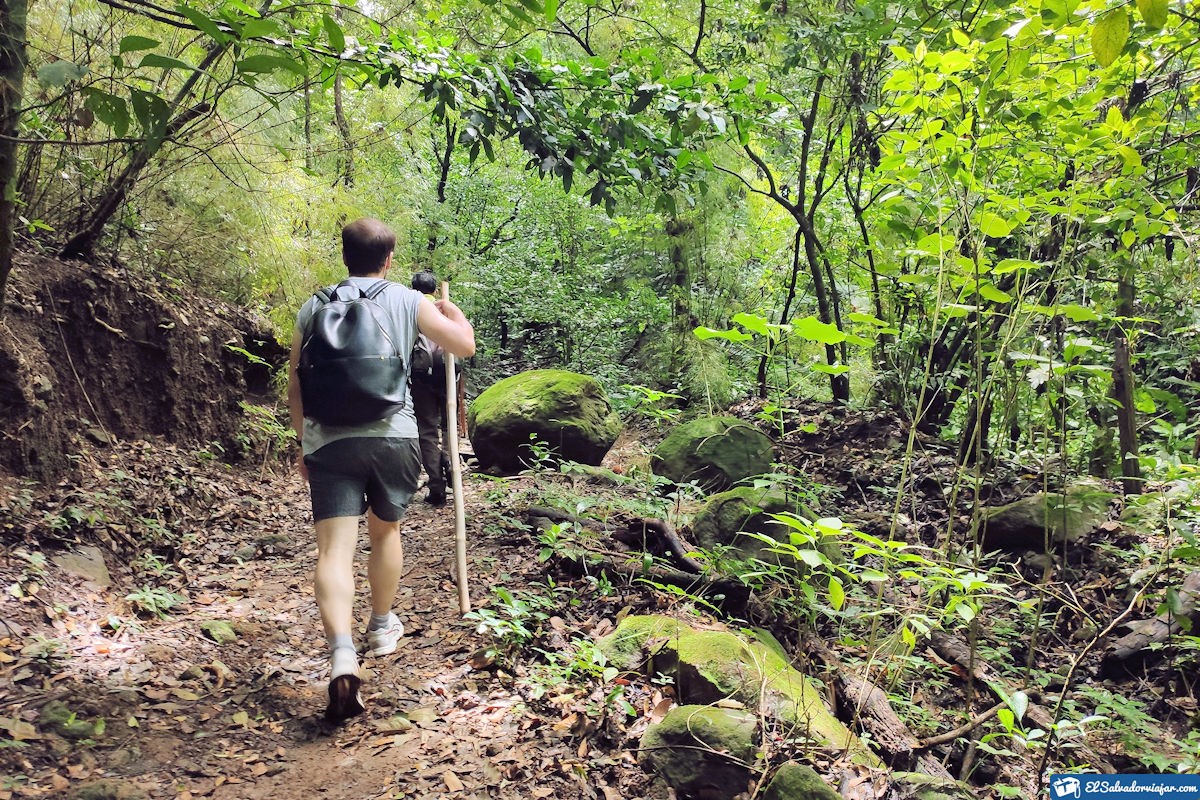
For this reason, the authorities built a bridge of stones combined with sand, cement, and water, to facilitate the passage. A plaque inscribes a legend: “The Year 1968 ceased to be Impossible,” thus originating the sector’s name.
A legislative decree in 1989 gave it the status of El Imposible National Park. Two years later, in 1991, the Salvadoran state granted a concession to the Directorate of Natural Areas of SalvaNATURA, which to date is co-administrator of the park.
Climate, Flora and Fauna in the El Imposible Park
The climate in El Imposible National Park is relatively stable.
Humidity is above 60% because it is a source of water resources, with winds blowing at 15 to 25 kilometers per hour.

The average temperature in El Imposible is around 24ºC, but it tends to vary during the year. From January to May, it ranges between 32ºC and 33ºC. From June to August, the same climate until October, where there is a decrease in the scale, being in November and December are the months of less heat, with daytime temperatures between 29 and 32 degrees and at night 22ºC.
As for the flora, of its almost 5,000 hectares of submontane and subtropical forests, we find abandoned coffee plantations and splendid and exotic trees, highlighting ebony, oak, oak, flying, seven shirts, red amaranth, and dog’s blood. Likewise, the rest of the vegetation that makes up the area is fresh and composed of more than 500 plants.
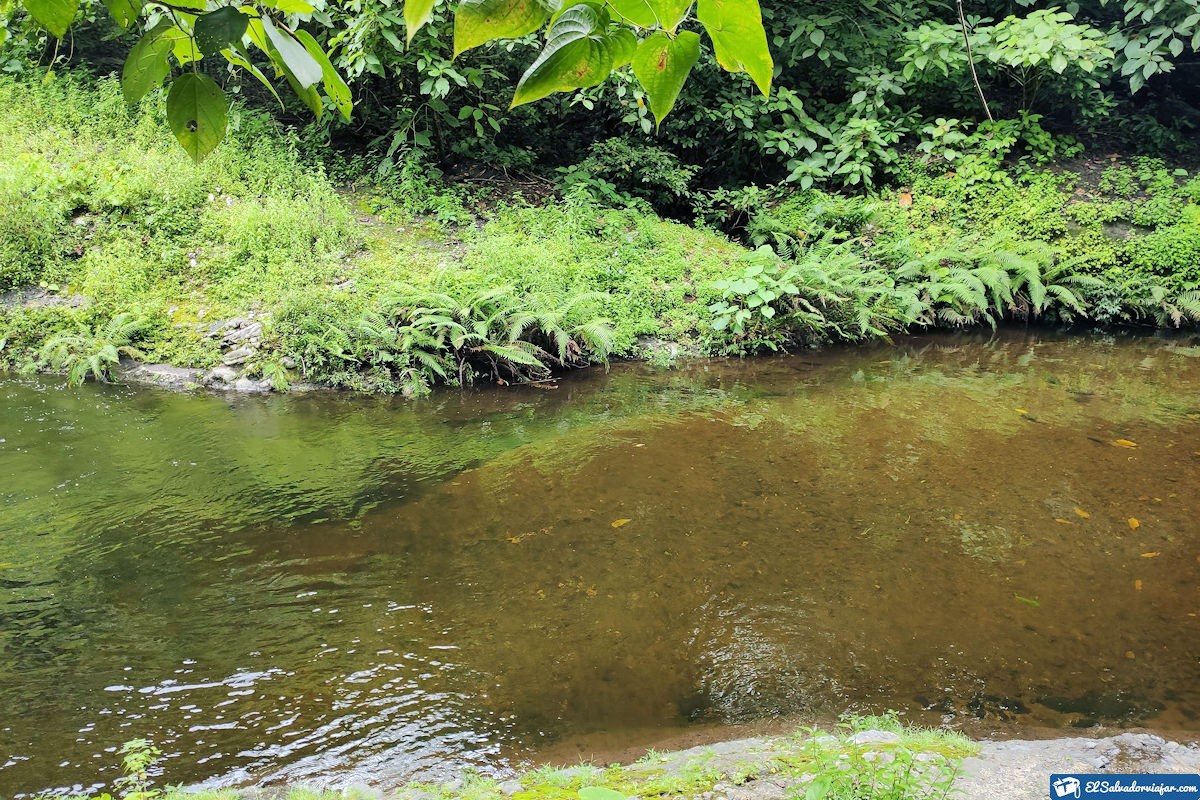
The fauna of El Imposible Park is favored as a sanctuary for animals that are in danger of extinction.
Its animal diversity registers a varied number of fish and reptiles, more than 100 mammals, 30 types of vertebrates, 53 types of amphibians, and 285 types of birds of unique species, such as the black-crested eagles, the great peacock or the turquoise-browed motmot, as well as moths and some 500 types of butterflies.
Among the most outstanding animals in the park are the pajuil guans, the white hawks, mountain guans or dark Penelope, the king zope, the ruling zope or royal vulture, the tayras, and margays. In the same way that the cuches de monte or wild boars, pumas, and jaguars.
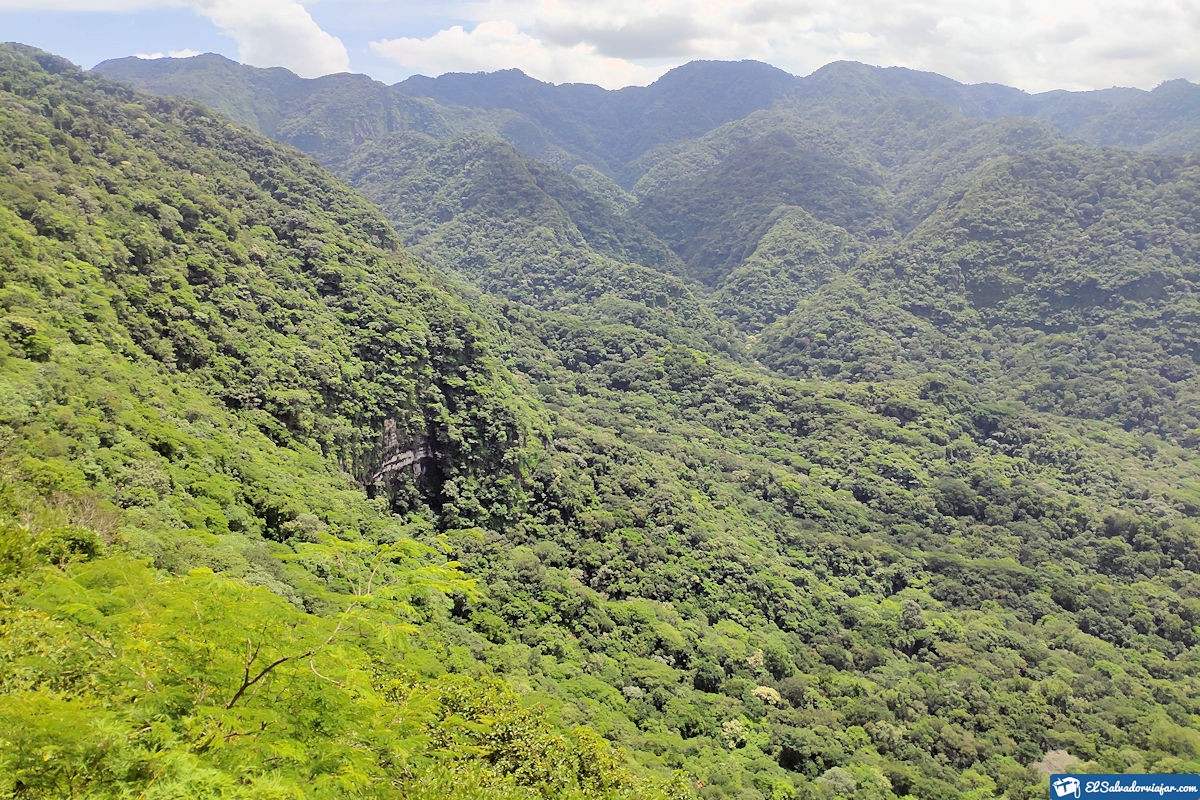
Recommendations for your visit
The best time to visit El Imposible is during the dry season or summer, between November and April.
When entering the park, it is mandatory to register at the park’s entrance booth. And in the same way, follow the indications of the guides and park rangers without forgetting to respect the established rules that lead to the protection of the fauna and flora of this valuable Salvadoran natural reserve.

And to fully enjoy our visit, it is essential to follow these suggestions:
- It is advisable to wear light clothing, preferably cotton, long sleeve shirts, long pants, socks or stockings, soft shoes, or boots, considering that El Imposible is located in a humid forest area.
- It is recommended to wear a hat or cap and dark sunglasses and apply good sunscreen on the face and other exposed skin areas.
- Insect repellents are also advisable, especially during the rainy season, which runs from May to October, especially for those sensitive to insect bites.
- It is a good idea to carry a small first aid kit with disinfectant, adhesive bandages or band-aids, cotton wool, and gauze.
- We should bring enough water to drink and some food such as fruits, cookies, sweets, and snacks, since inside El Imposible there are no stores, food outlets or restaurants, only a tiny store next to the museum, as it is a protected area.
- Another important tip is to use an all-terrain vehicle or 4×4 to access the park, remembering that the access road is dirt. However, it is always more comfortable to make our visit with a scheduled tour.
Nearby places to visit
If you have time and want to continue your trip, places close to El Imposible National Park are worth visiting.
Next to the park is the hamlet of San Benito, a typical Salvadoran village where you can buy handicrafts and enjoy the local and delicious food of the area.
Traveling a distance of a little more than 4 kilometers, you reach El Mirador de la Cruz, with an impressive view of the town of Ataco.
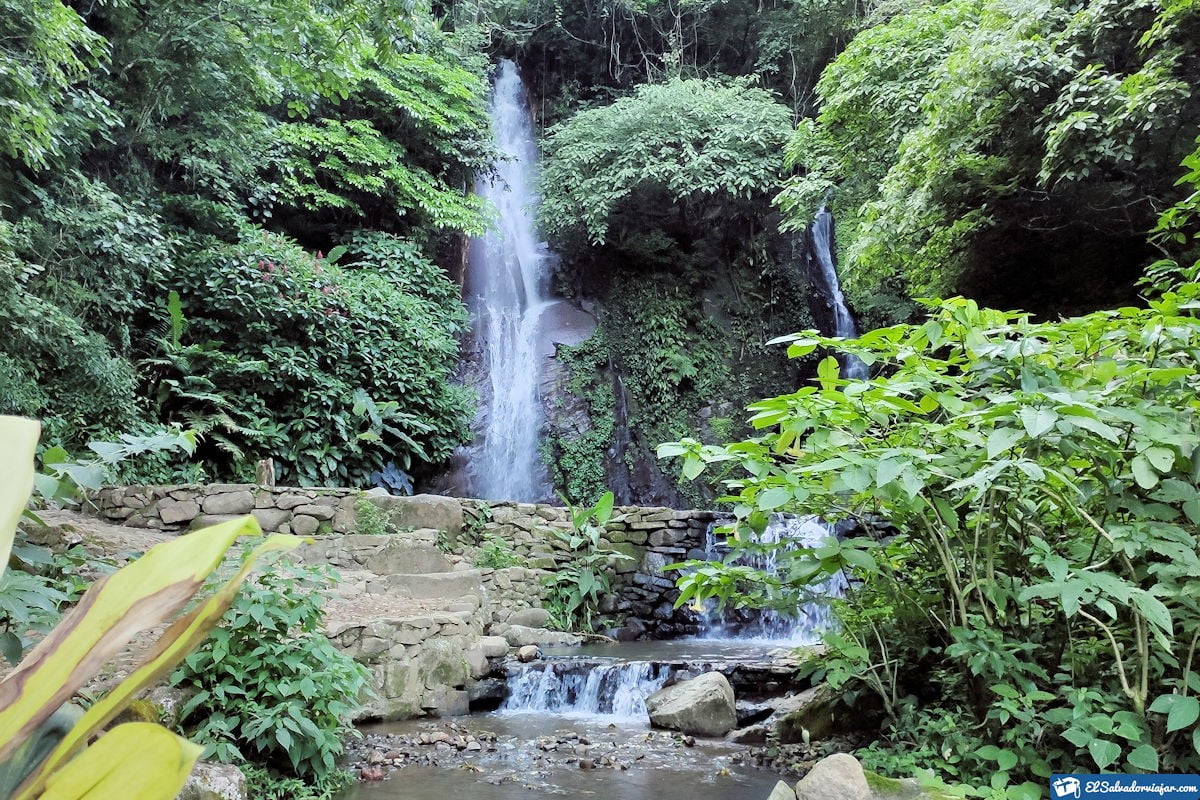
While 10Km away is the captivating Apaneca Labyrinth, the largest in Central America. A natural labyrinth and unmissable destination located within a coffee farm.
And undoubtedly, another destination near El Imposible and a must-visit are the crystalline Don Juan Waterfall, another spectacular tourist attraction just 20 km from the park.
El Imposible National Park, an exceptional gift of nature that opened its entrance to the public in 1997, deserving to be visited by locals and tourists from all over the world, and not in vain, is included in the provisional lists of the UNESCO World Heritage Site in 1992.
